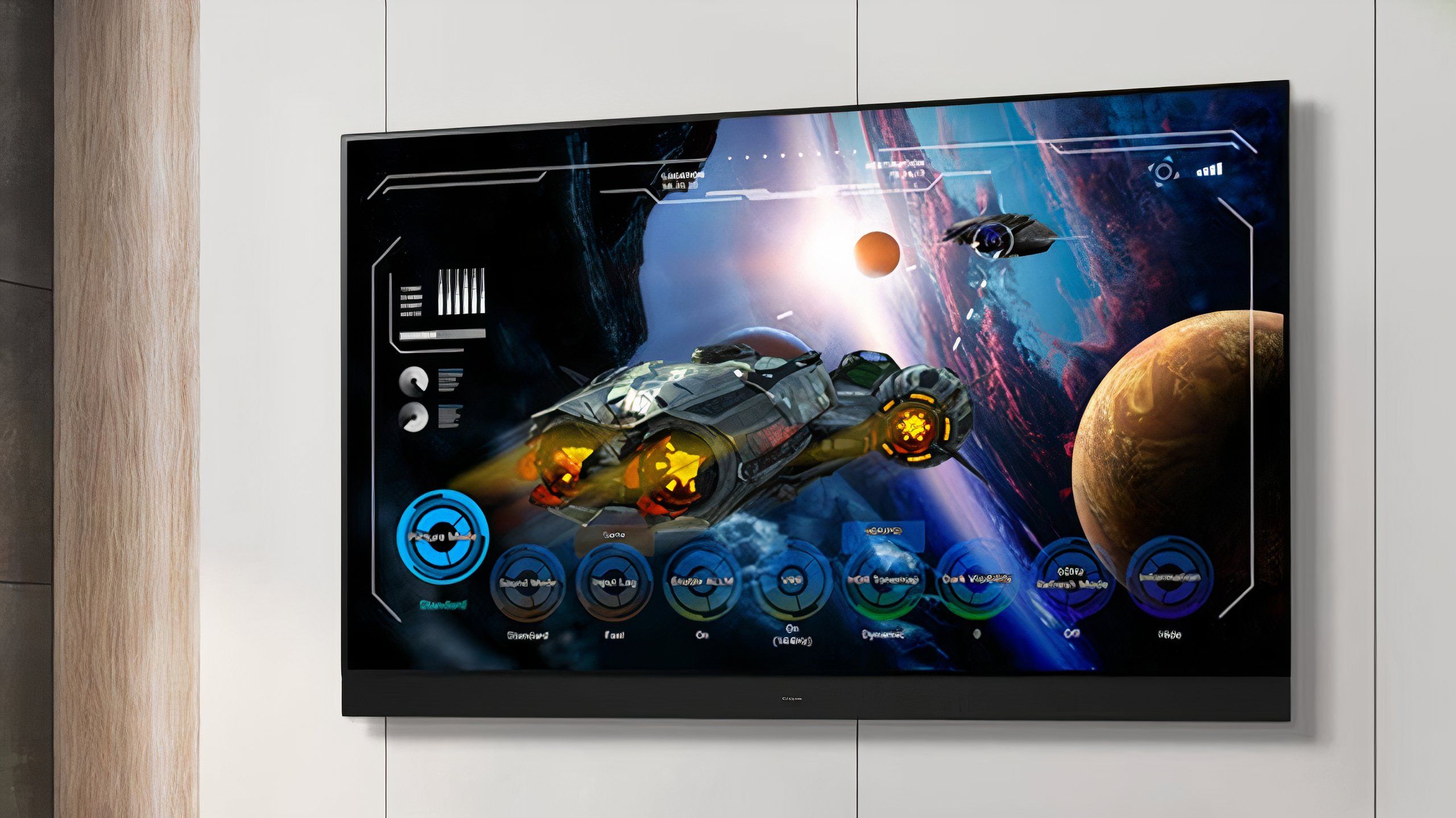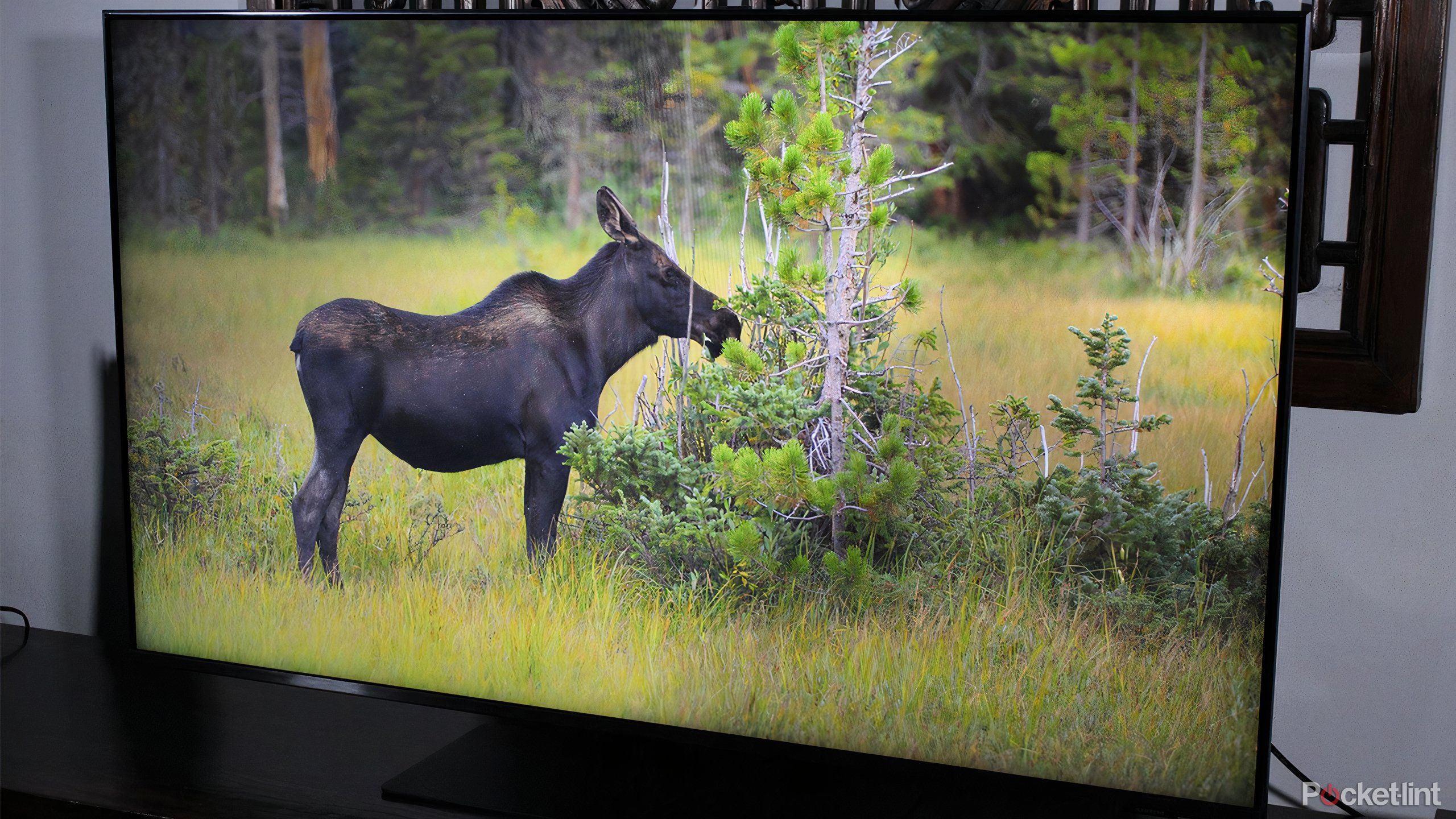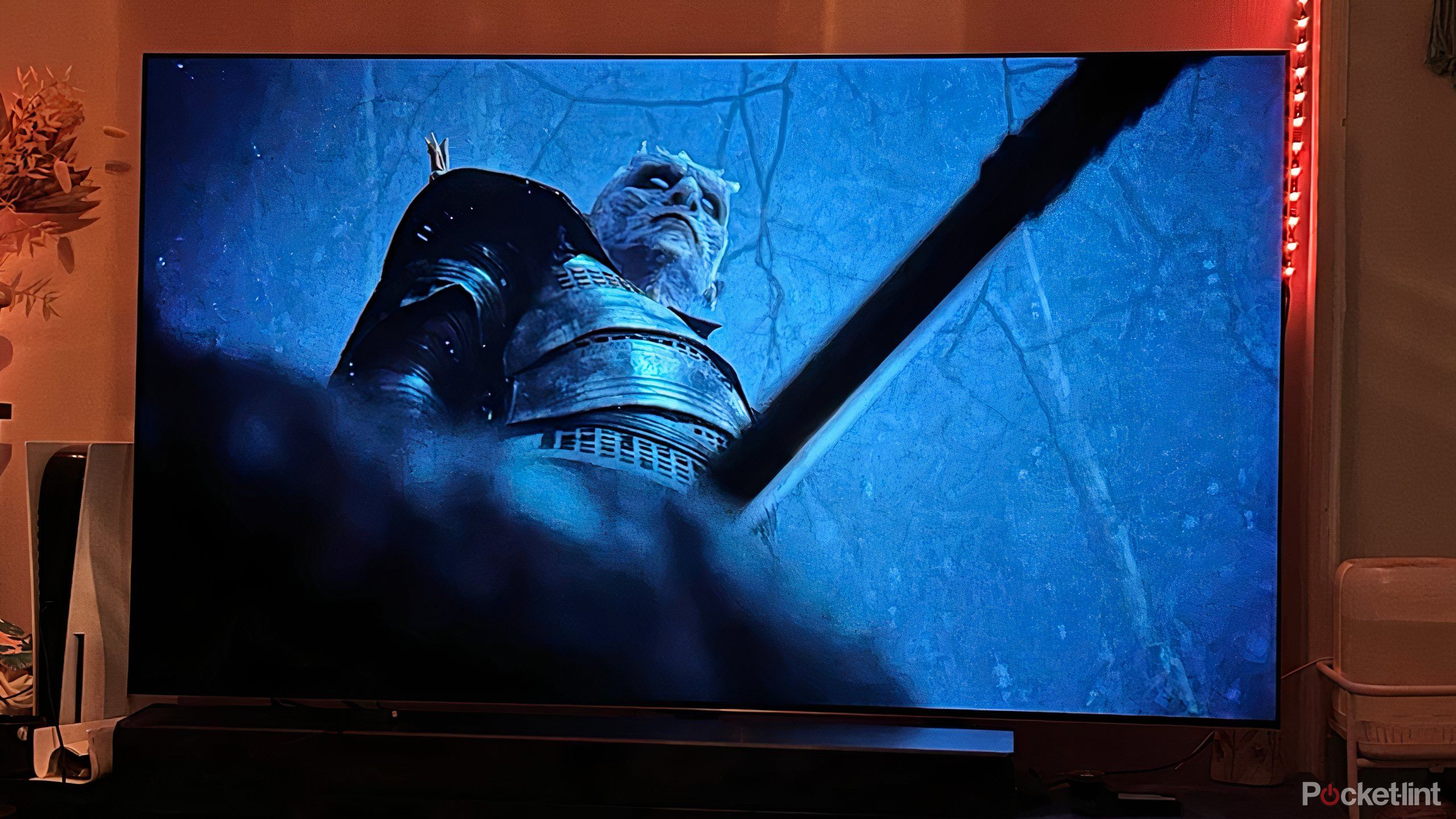Abstract
- OLED supplies superior colours and distinction, however at a steep value.
- Mini-LED tends to occupy a candy spot, delivering a number of the benefits of OLED with out the worth barrier.
- QLED LCD can look nice whereas saving money, however will not impress on the subject of distinction.
In 2025, TV procuring is concurrently simpler than ever and extremely sophisticated. It is easy in that it is troublesome to go too far incorrect — most TVs over $500 are going to look nice, and are available preloaded with
Roku OS
,
Google TV
, or Fireplace TV. Even many TVs beneath that value stage are value trying out, particularly for those who’re simply seeking to put one thing in your kitchen or residence fitness center.
It is as soon as you have obtained specific calls for that issues develop into robust. Not each TV can deal with Dolby Imaginative and prescient, for example, and a few are higher for gaming than others — you may need one thing with minimal response instances and VRR (variable refresh fee) help. It is also necessary to decide on software program that aligns together with your
smart home
ecosystem, for those who’ve obtained one.
The main query for many individuals is what show tech they need to decide. Whereas most units are primarily based on conventional LCD, higher-quality fashions sport OLED, mini-LED, or QLED LCD. Is it value spending further on these codecs? Which one is superior? And even when one thing is superior, does it truly matter in follow?
Associated
5 Samsung TV settings I change right away
Be certain to repair these items earlier than you agree down for a film marathon.
What you could learn about OLED
The reigning champ, however not at all times the only option
Panasonic
Usually, OLED is taken into account the gold normal for residence theater expertise. The reason being distinction — not like the opposite codecs on this listing, OLED screens can shut off particular person pixels, leading to inky blacks, glorious element, and extremely correct colour illustration. The one factor higher is micro-LED, which I’ve intentionally excluded from this information, since a lot of these units nonetheless value 5 or 6 digits. You will not discover micro-LED at your native Greatest Purchase or Costco, let’s put it that approach.
OLED is virtually required to get probably the most out of HDR (
high dynamic range
) content material. You may definitely discover HDR on any TV, even vanilla LCD units, but it surely actually “pops” on OLED. In reality, for those who’ve ever complained about how darkish evening scenes have develop into in motion pictures and TV exhibits, OLED ought to come to the rescue. You possibly can crank the brightness on an OLED TV with out essentially ruining shadows.
Usually, OLED is taken into account the gold normal for residence theater expertise.
There are some downsides to OLED, foremost being value. You are not going to discover a decently-sized set for beneath $1,000, and upgraded fashions can method $2,000 or extra. The tech continues to be focused at cinephiles and the rich. Units with QD-OLED — quantum-dot OLED — are much more costly, and that is with out factoring 8K decision into the combination. I would not trouble with 8K personally, provided that there is not sufficient native content material on the market, and also you want a huge display screen to identify the distinction versus 4K.
There’s extra. Until you select QD-OLED, you may discover that OLED cannot get as vivid as some mini-LED and QLED units, which might be a dealbreaker for those who watch TV in sunlit rooms. There’s additionally the potential for picture retention if content material stays in the identical place for a number of hours. It is not as a lot of a menace right here because it was with plasma TVs, however OLED will not be the choice to make use of if you would like a display screen devoted to 24-hour information channels.
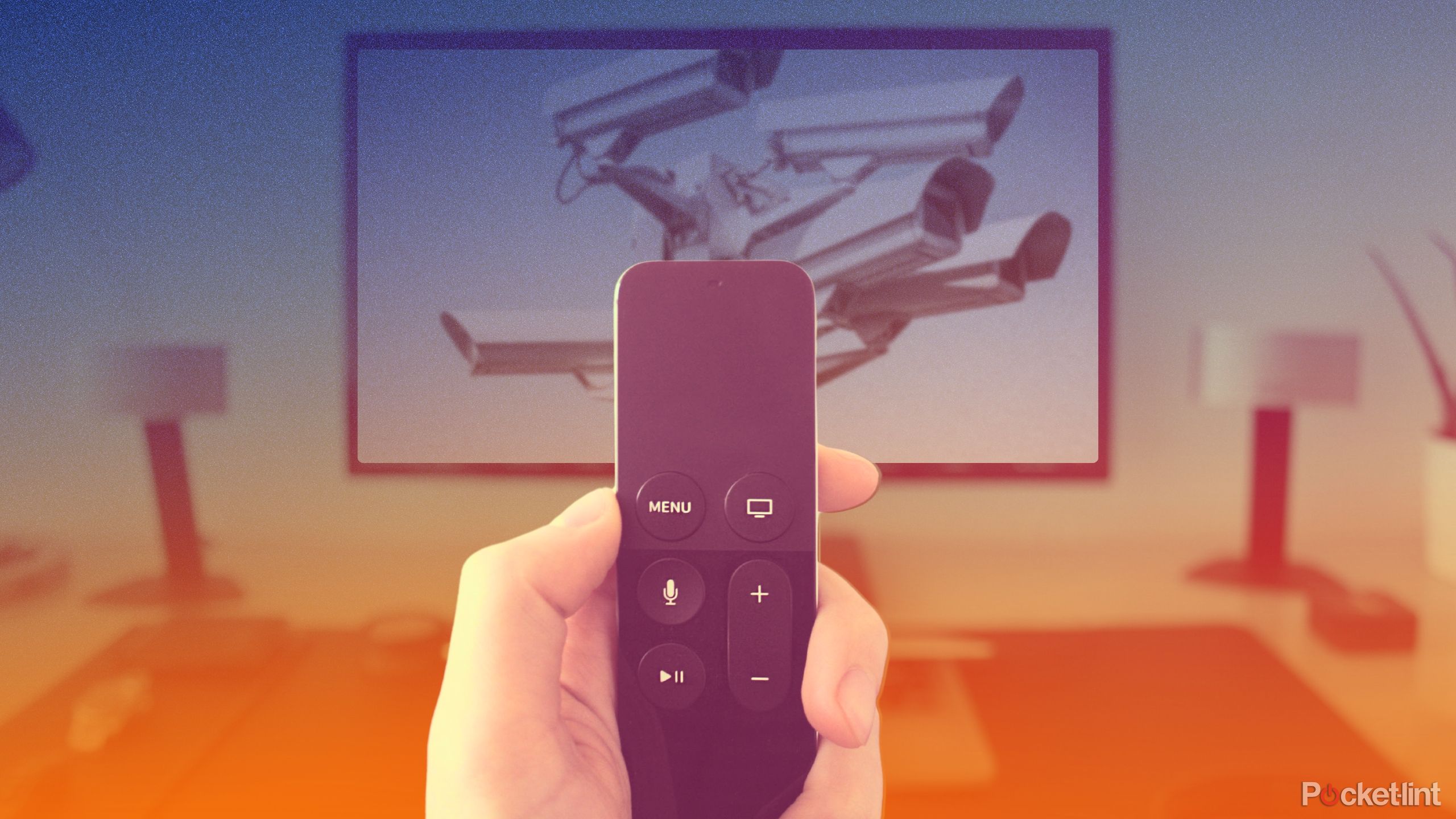
Associated
Apple TV helped me escape an ad-infested hellscape
It is a small act of rebel in a market the place your knowledge is flying in every single place.
What you could learn about mini-LED
The candy spot?
TCL
The mini-LED normal is an try to make LCD extra aggressive with OLED. All trendy LCD units use some type of LED backlighting, divided into zones that enable selective dimming. Mini-LED stays primarily based on LCD, however dramatically will increase the variety of backlight zones, enabling extra exact dimming.
For many individuals, this enhanced distinction is sweet sufficient that it is not value spending further on OLED. I am in that camp myself — I purchased a Hisense U6K rather less than a 12 months in the past, and I discover that it makes motion pictures, exhibits, and even YouTube movies look punchier than on the traditional LCDs in my home. And as I discussed above, mini-LED usually will get brighter than OLED. You would possibly truly want mini-LED at a look.
The one actual concern with mini-LED panels is that as a result of they will nonetheless solely management zones, not particular person pixels, some blacks will not be as deep as OLED, and there is the prospect for blooming/halo results when a vivid object is surrounded by a darkish backdrop. Purists will want OLED, regardless that mini-LED is nothing to sneeze at, particularly if it makes use of quantum dot expertise. Extra on that in a second.
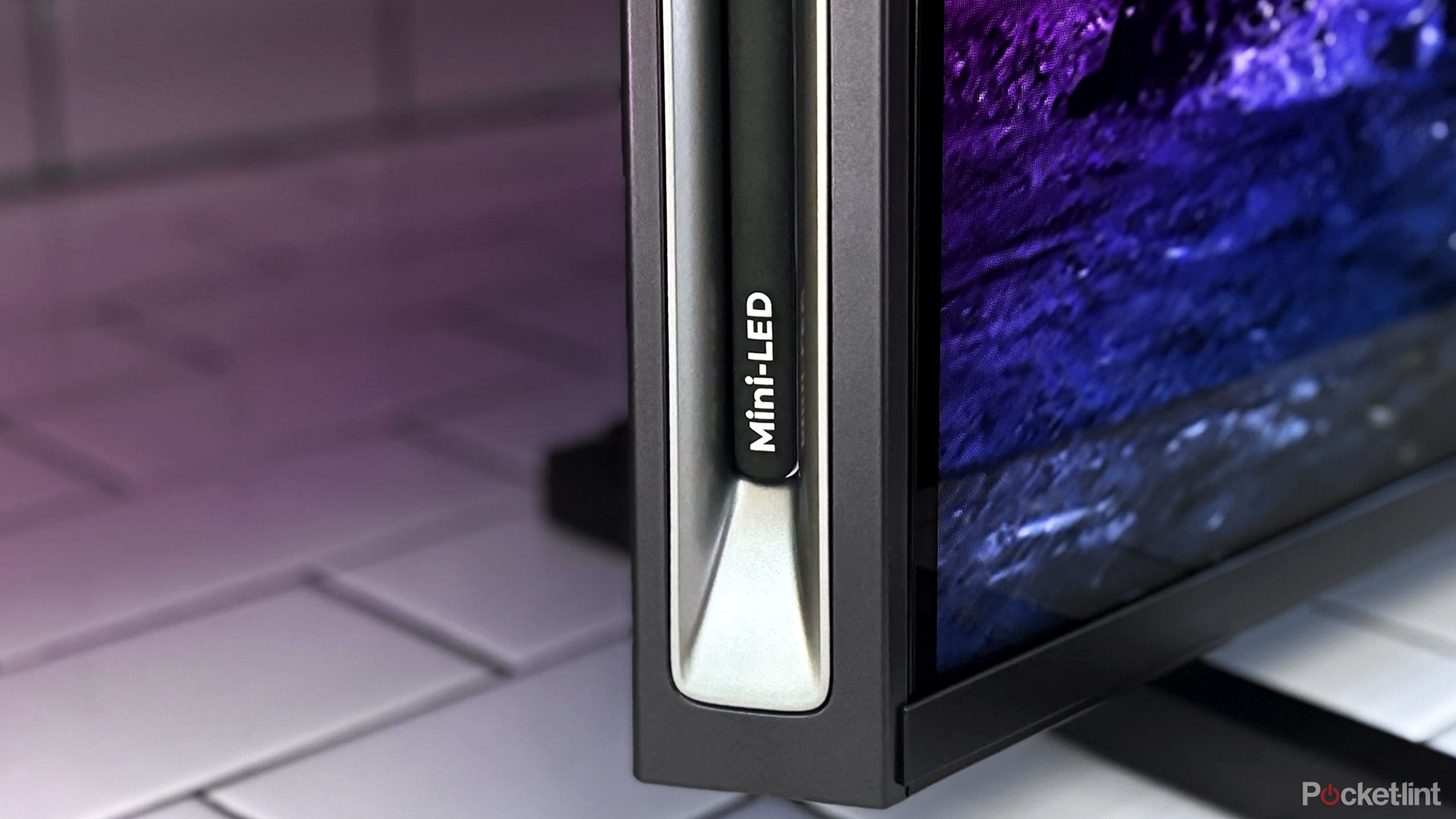
Associated
I’d buy a mini-LED TV before an OLED TV for these 6 reasons
The longer term is vivid for mini-LED TVs — they’re holding their very own with spectacular colours and high quality distinction towards OLED screens.
What you could learn about QLED LCD
A pleasant compromise
The “Q” in QLED stands for quantum-dot. To elaborate, quantum dot TVs depend on particular nanocrystals to boost brightness and colour accuracy. A variant of QLED is QNED, which is doubtlessly even higher — I am lumping it in right here as a result of it depends on the identical fundamental idea.
Each mini-LED TVs and standard LCDs can technically be QLEDs, however the acronym tends to matter extra for the latter. Why? It alerts a slight aggressive benefit in a phase that is in any other case very commoditized. QLED LCDs do certainly look higher than non-QLED fashions, and because you’re paying a premium, chances are you’ll get different perks together with these brightness and colour boosts.
Relying in your wants and preferences, it could be value spending extra on a bigger QLED LCD set than a smaller mini-LED or OLED product.
In 2025, the primary cause to decide on a QLED LCD is worth. It is a approach of getting a vibrant picture with out spending as a lot as you’d on mini-LED or OLED. Relying in your wants and preferences, it could be value spending extra on a bigger QLED LCD set than a smaller mini-LED or OLED product. It is not like LCDs are ugly, in spite of everything — they’re usually fairly lovely for my part, significantly with refinements made up to now decade.
It is simply that of the three choices on this information, QLED LCD supplies the worst distinction. It will probably method true black, however by no means fairly will get there whereas retaining element, since there are too few dimming zones to make that doable. Chances are you’ll end up looking at grey shadows for those who flip up the brightness to deal with darkish scenes.
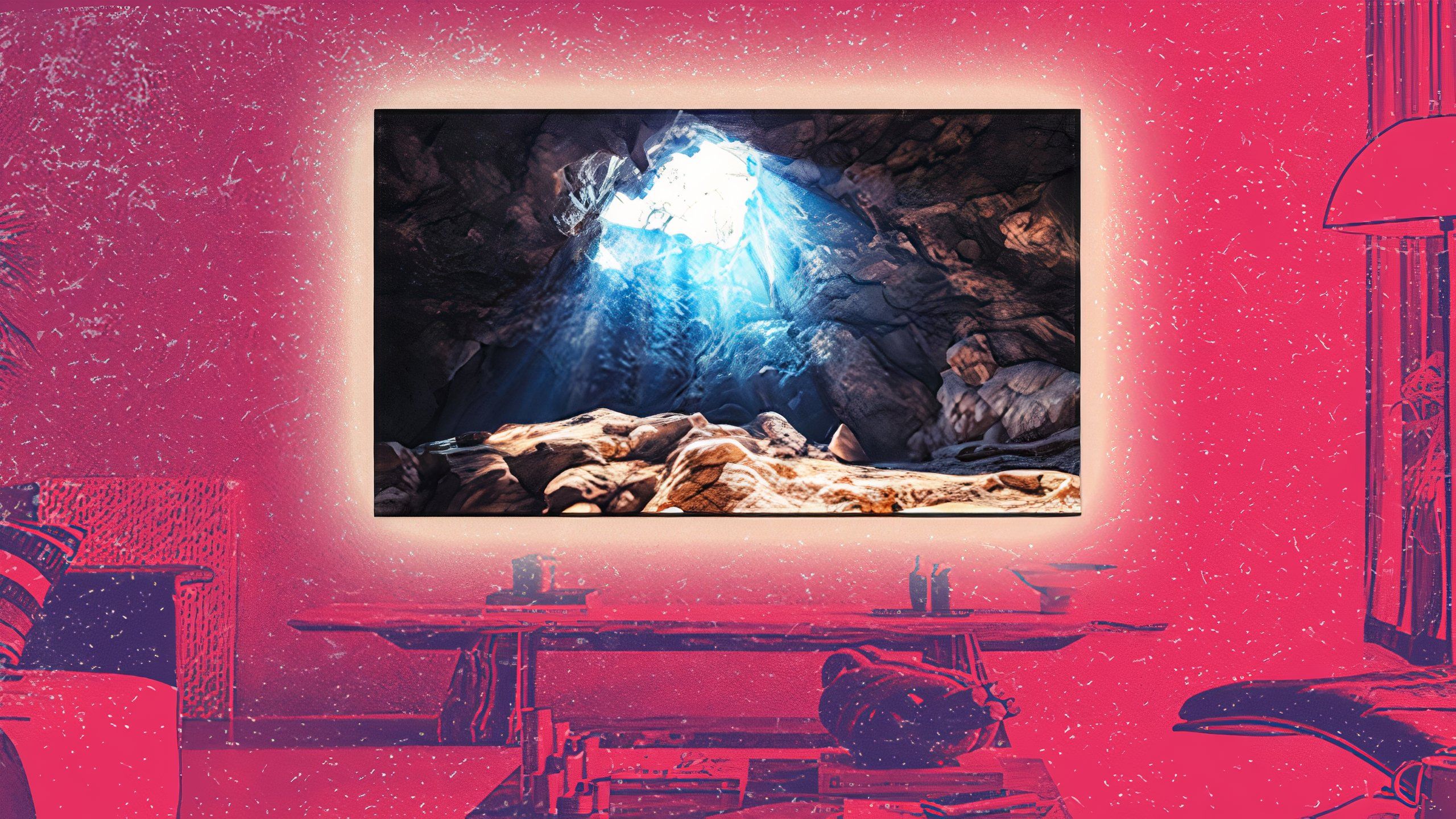
Associated
4 ways I make movie night at home better than the cinema
If you are going to keep residence, you may nonetheless do motion pictures justice, however you may want the appropriate tech.
OLED vs mini-LED vs QLED LCD: Which must you select?
Value is the last word arbiter
If cash isn’t any object, or motion pictures and TV exhibits take a excessive precedence in your life, OLED is the plain alternative. Its brightness points aren’t something {that a} pair of curtains cannot repair, and in return, you achieve probably the most trustworthy and spectacular rendering of content material you will get.
A $1,500 TV is not going to matter a lot for those who’re caught with weak inner audio system.
Even if you’re a cinephile, although, it could be value selecting mini-LED as a substitute. You may nonetheless be impressed versus typical LCD TVs, and the financial savings over OLED might be directed in direction of different specs and equipment. A $1,500 TV is not going to matter a lot for those who’re caught with weak inner audio system.
QLED LCD is value contemplating if you would like one thing higher than common LCD and have a decent finances, but it surely’s not very futureproof. 5 years from now, the expertise goes to really feel antiquated, even for those who purchased an 80-inch display screen. Mini-LED is more and more inexpensive, in truth, so the worth hole might not be that important.

You may also like
Everything you need to know about PEVs, or personal electric vehicles
You should utilize PEVs to discover, run errands, or pace up your commute.
Trending Merchandise

Lenovo New 15.6″ Laptop, Intel Pentium 4-core Processor, 40GB Memory, 2TB PCIe SSD, 15.6″ FHD Anti-Glare Display, Ethernet Port, HDMI, USB-C, WiFi & Bluetooth, Webcam, Windows 11 Home

Thermaltake V250 Motherboard Sync ARGB ATX Mid-Tower Chassis with 3 120mm 5V Addressable RGB Fan + 1 Black 120mm Rear Fan Pre-Put in CA-1Q5-00M1WN-00

Sceptre Curved 24-inch Gaming Monitor 1080p R1500 98% sRGB HDMI x2 VGA Build-in Speakers, VESA Wall Mount Machine Black (C248W-1920RN Series)

HP 27h Full HD Monitor – Diagonal – IPS Panel & 75Hz Refresh Rate – Smooth Screen – 3-Sided Micro-Edge Bezel – 100mm Height/Tilt Adjust – Built-in Dual Speakers – for Hybrid Workers,Black

Wireless Keyboard and Mouse Combo – Full-Sized Ergonomic Keyboard with Wrist Rest, Phone Holder, Sleep Mode, Silent 2.4GHz Cordless Keyboard Mouse Combo for Computer, Laptop, PC, Mac, Windows -Trueque

ASUS 27 Inch Monitor – 1080P, IPS, Full HD, Frameless, 100Hz, 1ms, Adaptive-Sync, for Working and Gaming, Low Blue Gentle, Flicker Free, HDMI, VESA Mountable, Tilt – VA27EHF,Black


